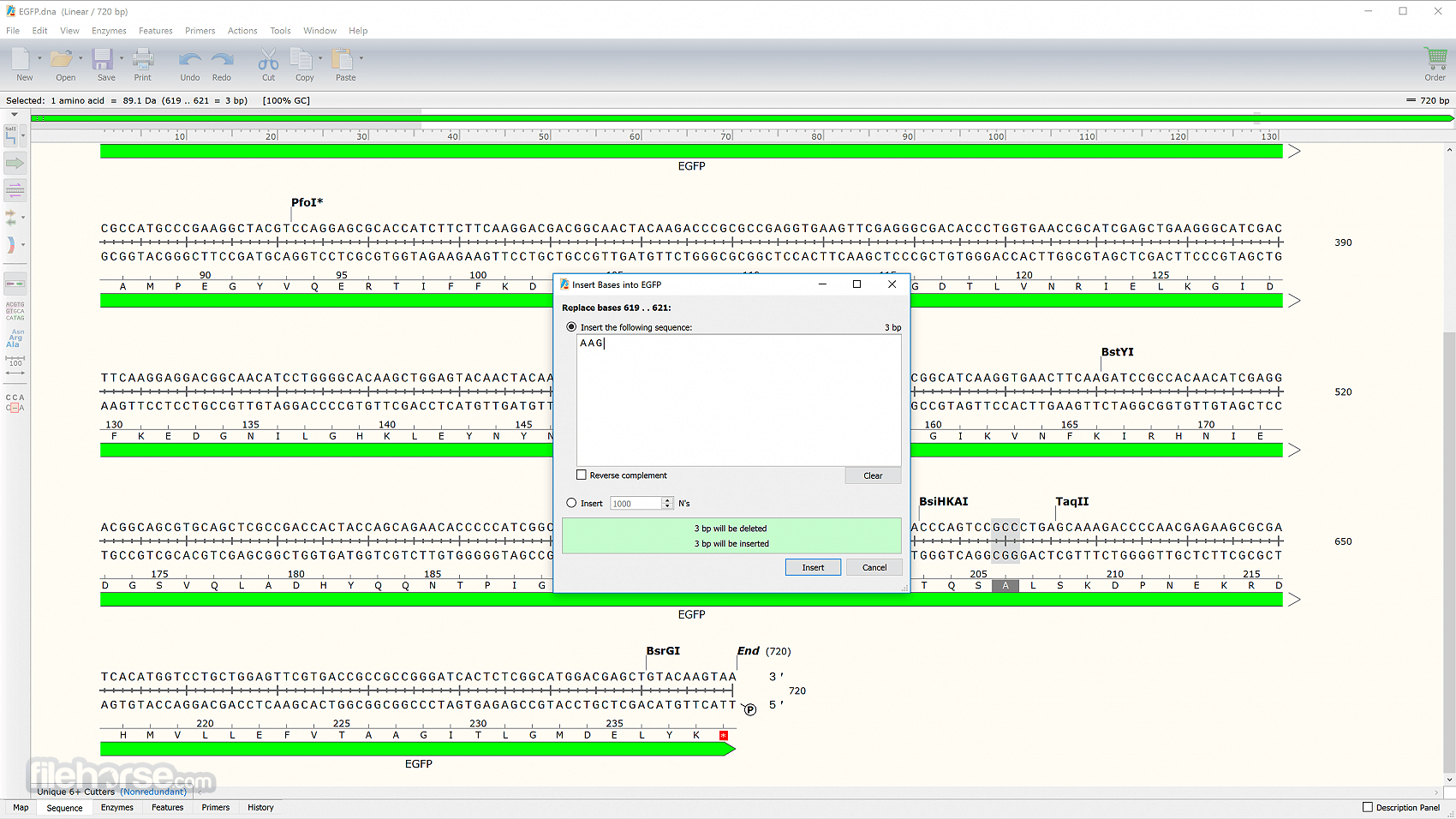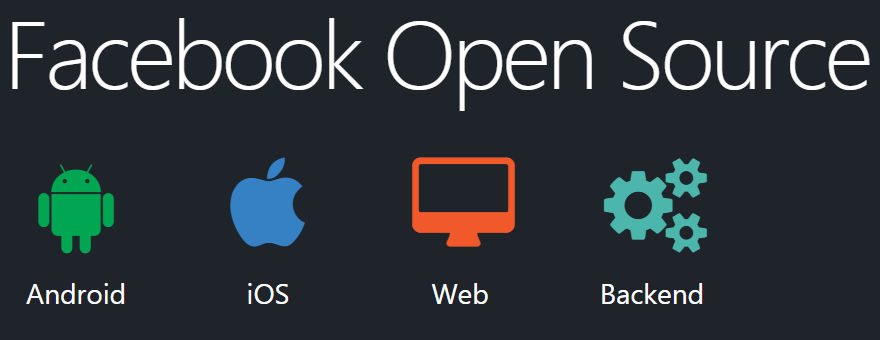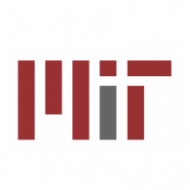

SBOL enables users to define genetic parts and their functional wiring diagrams like electronic circuits in a computer readable format, consequently allowing the design of sequences that confer specific functions through simulating different circuits.

(They have yet to be widely used by the community, probably because the number of compatible parts have yet to meet the diverse demands in biology, or because PCR-based fragment preparation and highly specific overlap DNA assembly methods 16, 17, 18, 19, 20, 21 have become the mainstream and freed molecular cloning from RE-based techniques.) The synthetic biology open language (SBOL) 22 has been proposed to provide functional annotation of gene circuits encoded in DNA sequences. Such a system would accelerate the DNA construction process when a sufficient amount of modular parts are available. To standardize DNA modules, “DNA brick” systems have been proposed in which DNA fragments are sandwiched by a limited set of compatible restriction enzyme (RE) digestion sites such that these modular DNA parts can be reused in different DNA assemblies by ligation 12, 13, 14, 15. In synthetic biology, there have been several efforts devoted for (1) the standardization of DNA modules and (2) the standardization of functional DNA annotations. Standardization of materials and knowledge descriptions are important to best mobilize those established previously for new material development. Current DNA resource sharing and building methods have major room for improvement in optimal recycling and crediting of DNA resources and protocols.

While the growing DNA resources have been successfully accelerating life science research, previously established DNA resources have yet to be fully utilized to produce new DNA constructs efficiently. A total of several hundred thousand DNA plasmids have been deposited to public DNA repository services, such as AddGene 10 and DNASU 11. Chemical DNA synthesis 1 and assembly methods 2 have largely advanced in the last couple of decades, leading to the whole synthesis of bacterial 3, 4 and yeast chromosomes 5, 6, 7 and the establishment of biofoundries towards the automated production of engineered microorganisms 8, 9. The introduction of exogenous DNA into cells and animals allows for monitoring of molecular and cellular behaviors, and reverse engineering and functional enhancement of target systems. We propose QUEEN as a solution to start significantly advancing the material and protocol sharing of DNA resources.ĭesigning and building DNA are essential processes in most life science research today.

QUEEN-generated GenBank files are compatible with existing DNA repository services and software.
#Snapgene mit licence code
A GenBank file generated by QUEEN can regenerate the process code such that it perfectly clones itself and bequeaths the same process code to its successive GenBank files, recycling its partial DNA resources. QUEEN enables the flexible design of new DNA by using existing DNA material resource files and recording its construction process in an output file (GenBank file format). Here, we report a framework QUEEN (framework to generate quinable and efficiently editable nucleotide sequence resources) to resolve these issues and accelerate the building of DNA. Furthermore, the use of previously developed DNA materials and building protocols is usually not appropriately credited. However, as commonly seen in the life sciences, no framework exists to describe reproducible DNA construction processes. Such resources have also been utilized in designing and building new DNA materials. DNA constructs and their annotated sequence maps have been rapidly accumulating with the advancement of DNA cloning, synthesis, and assembly methods.


 0 kommentar(er)
0 kommentar(er)
